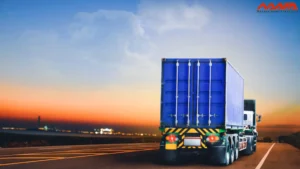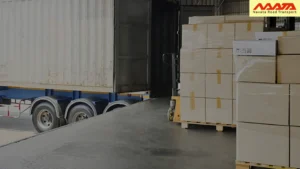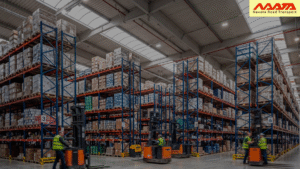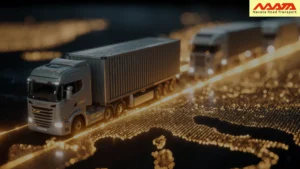
8 Challenges in Reverse Logistics and Effective Solutions
Table of Contents
Challenges in Reverse Logistics and Solutions
Reverse logistics has evolved from an afterthought to a decisive competitive differentiator. It represents every activity involved in managing product returns, repairs, recycling, and refurbishing — a process that directly impacts profitability, sustainability, and customer satisfaction.
However, unlike forward logistics, reverse logistics is inherently unpredictable. The flow of goods moves opposite to the intended supply chain design, creating inefficiencies, data blind spots, and financial drag. With global return rates exceeding 20% in eCommerce and mounting regulatory pressure for waste reduction, the reverse supply chain has become one of the most complex challenges in logistics management today.
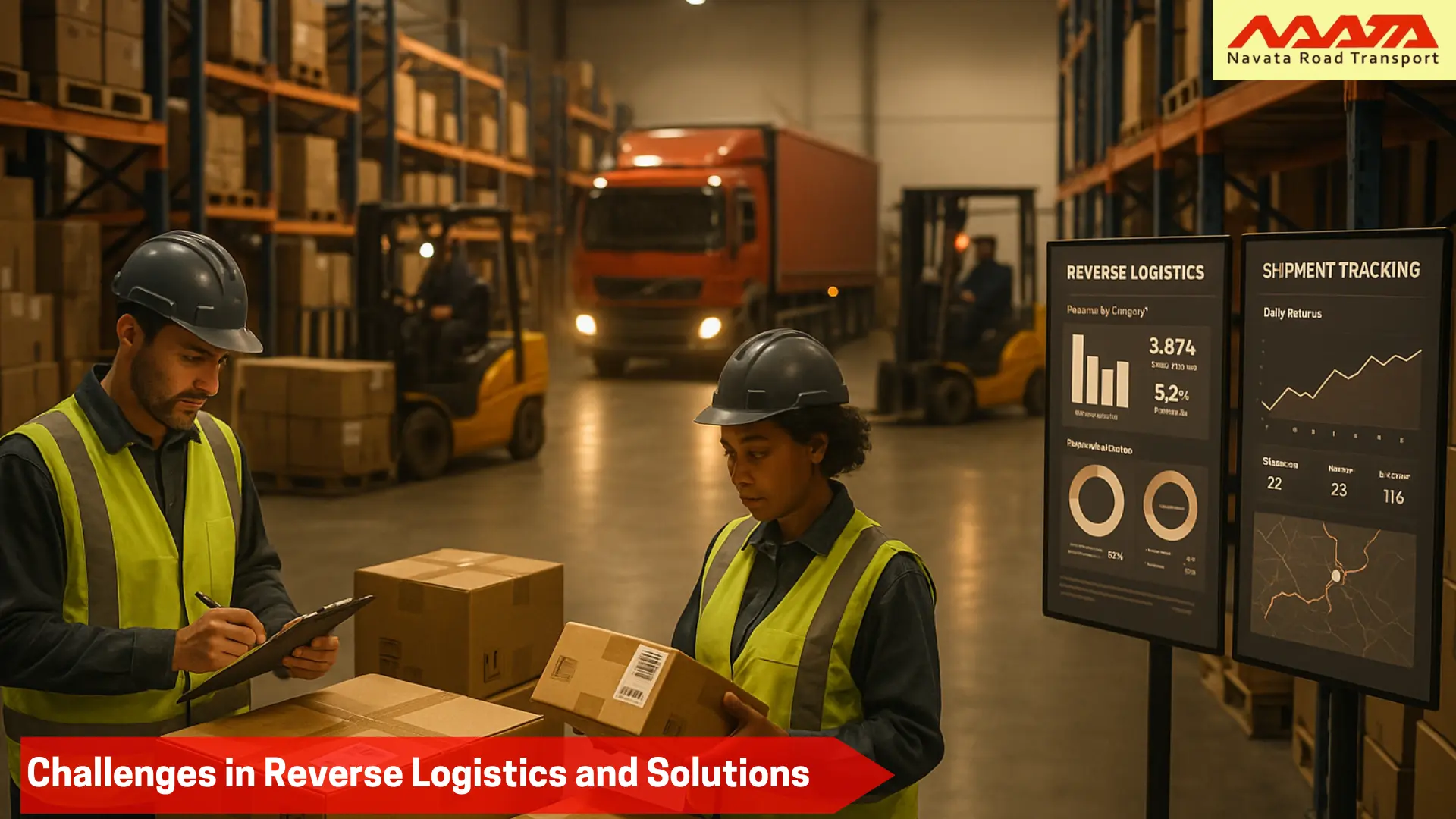
1. Fragmented Return Networks and Poor Standardization
Reverse logistics often spans multiple points of return — end customers, retailers, distributors, and service centers — each operating under different processes. The result is fragmented data, inconsistent handling procedures, and minimal visibility.
Many companies still rely on manual data entry and paper-based tracking, leading to inventory mismatches and long cycle times.
Solution:
Establish a centralized reverse logistics control tower powered by cloud-based platforms and API integration with ERP, TMS, and WMS systems.
This architecture provides a single source of truth, enabling logistics managers to track return statuses, cost-to-return ratios, and processing time across all nodes in real time.
2. High Cost of Return Transportation and Handling
Reverse logistics lacks the routing predictability of forward deliveries. Vehicles often run partially loaded, or travel long distances to collect low-volume returns — increasing fuel consumption, idle time, and freight costs.
Additionally, manual inspection and re-packaging at each touchpoint compounds operational expense.
Solution:
- Implement AI-driven route optimization software to consolidate return pickups, reduce empty miles, and dynamically reroute fleets.
- Utilize fleet telematics systems to monitor fuel efficiency and identify cost leakages.
- Introduce reverse load sharing with forward shipments — a practice adopted by top 3PLs to cut backhaul costs by up to 25%.
Combining telematics with cloud-based fleet management ensures continuous visibility and resource optimization across the network.
3. Inconsistent Product Inspection and Grading
Returned products vary by condition — sealed, open-box, damaged, or obsolete — requiring manual inspection and grading. This stage is time-intensive, error-prone, and often subjective, causing delays and lost resale value.
Solution:
Adopt computer vision-powered inspection systems paired with barcode and RFID tagging. AI models can evaluate product condition, classify defects, and suggest appropriate next steps (repair, recycle, or resell) with high accuracy.
When integrated into the warehouse management system, this reduces turnaround time and improves asset recovery rates.
4. Inefficient Inventory Recovery and Reintroduction
One of the biggest pain points in reverse logistics is delayed reintegration of recovered products into the supply chain. Without real-time visibility, returned items often sit in warehouses awaiting inspection or restocking — leading to depreciation, space inefficiency, and write-offs.
Solution:
Deploy digital twin technology to map inventory flow in real time. By mirroring the physical movement of goods, managers can locate and process returned assets faster.
Automated triggers can move refurbishable products into resale or secondary markets, accelerating revenue recovery.
5. Compliance and Sustainability Pressures
Reverse logistics directly intersects with environmental regulations such as E-Waste Management Rules, Extended Producer Responsibility (EPR), and Circular Economy mandates. Mishandling hazardous materials or non-compliance in recycling documentation can lead to fines and brand damage.
Solution:
Adopt automated compliance management platforms that maintain digital records of returns, recycling certificates, and carbon emissions data.
Integrate IoT-enabled sensors for tracking materials across their lifecycle — from return pickup to disposal.
This ensures traceable, auditable compliance while aligning logistics operations with corporate sustainability goals and ESG reporting frameworks.
6. Poor Data Integration Across Systems
Reverse logistics operations are often managed separately from forward logistics systems. The lack of data flow between ERP, WMS, and CRM results in information silos, limiting visibility into return causes, supplier issues, or failure trends.
Solution:
Build a cloud-native data layer or supply chain data lake that consolidates information across all logistics functions.
Advanced analytics tools can identify the root causes of high return rates — defective SKUs, poor packaging, or inaccurate fulfillment — enabling proactive intervention.
Predictive analytics also forecast future return trends, allowing better workforce and vehicle planning.
7. Customer Experience and Brand Perception
Reverse logistics is often the first touchpoint in post-sale customer engagement. Delayed refunds, unclear return policies, or poor communication can degrade trust and loyalty. According to Invesp, 92% of consumers are likely to repurchase if the return process is easy.
Solution:
Develop automated self-service return portals integrated with RMA (Return Merchandise Authorization) systems.
Provide real-time tracking and instant refunds once the item is scanned for return shipment.
Leading eCommerce brands use AI chatbots and CRM-integrated workflows to personalize return experiences, ensuring convenience and transparency.
8. Technology and Workforce Gap
Many traditional logistics operators struggle with the digital maturity required for reverse logistics optimization. Legacy infrastructure, untrained staff, and limited automation prevent scalable, data-driven operations.
Solution:
Invest in digital upskilling programs and automation-first process design.
Adopt cloud-native platforms for inventory reconciliation, performance analytics, and fleet tracking.
A digitally mature reverse logistics system integrates AI, IoT, robotics, and predictive analytics to drive continuous improvement.

Conclusion
Reverse logistics is no longer a reactive function; it’s a strategic enabler of sustainable growth and profitability. Companies that invest in data-driven visibility, automation, and connected infrastructure are transforming product returns from operational overhead into a value recovery system.
The integration of cloud computing, AI-powered inspection, predictive analytics, and digital compliance tools is turning reverse logistics into a cornerstone of circular supply chains — reducing costs, maximizing recovery, and reinforcing brand trust.
Thank You For Reading: 8 Challenges in Reverse Logistics and Effective Solutions
Powered By 360Presence

